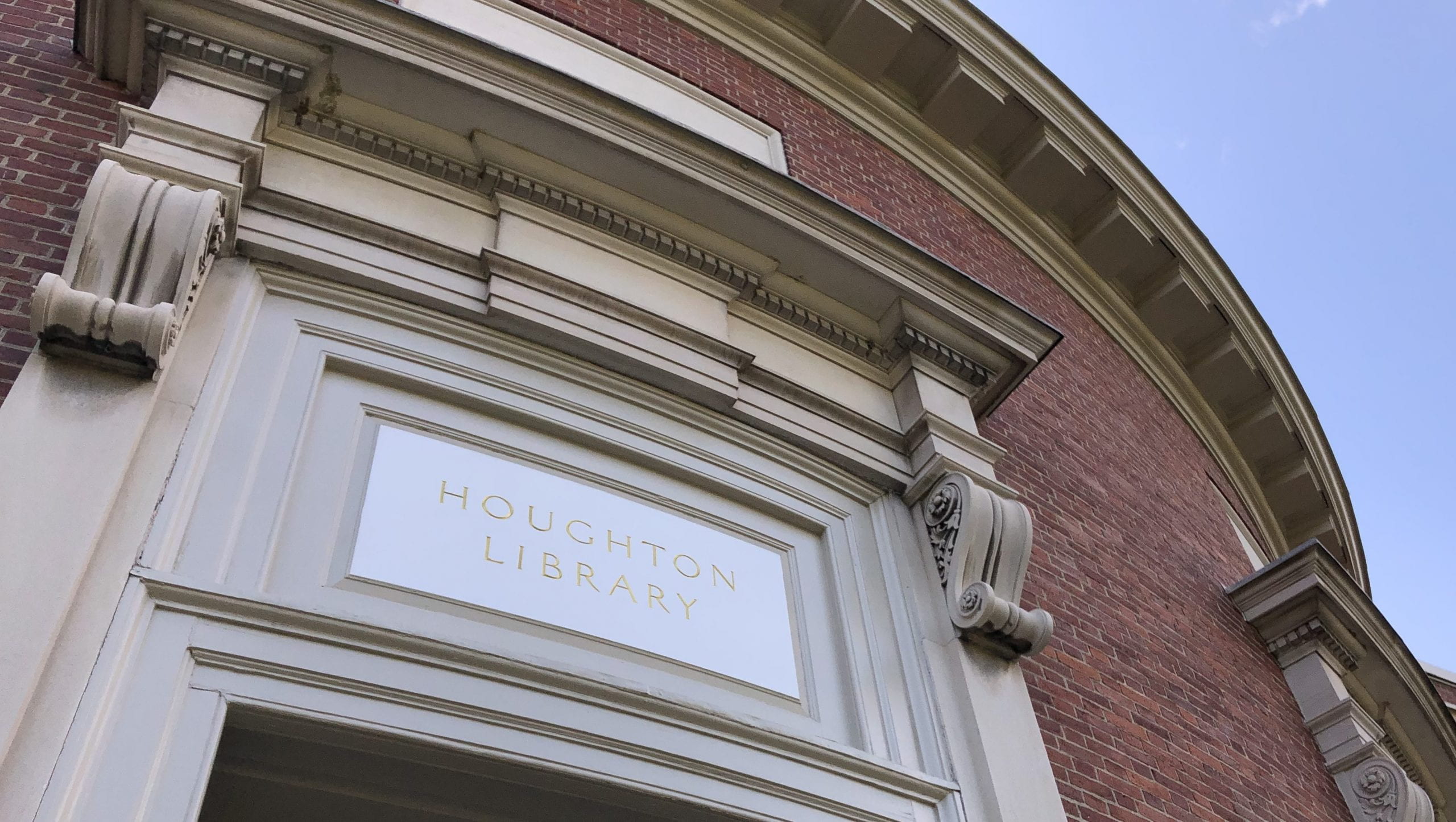![Ted Lewis, from The Witmark theme song dance folio no. 2, p. [18], 2006TW-113(12)](http://blogs.law.harvard.edu/houghton/files/2012/09/LewisClarinet-e1348689267881-150x150.jpg) Nineteen thirty was a mighty good year for social dance. Sure, the economic world had crashed in 1929, but the Depression hadn’t hit yet, and the growth of radio in the 1920s coupled with the rise of the Talkies since The Jazz Singer in 1927 insured that the popular dance music of the day inundated the American public. The film industry, already well aware of the popularity of featured songs in dramatic films, had just ventured for the first time into full-length musicals with The Broadway Melody in 1929. Popular music was everywhere, and everyone danced and sang. Even Joan Crawford.
Nineteen thirty was a mighty good year for social dance. Sure, the economic world had crashed in 1929, but the Depression hadn’t hit yet, and the growth of radio in the 1920s coupled with the rise of the Talkies since The Jazz Singer in 1927 insured that the popular dance music of the day inundated the American public. The film industry, already well aware of the popularity of featured songs in dramatic films, had just ventured for the first time into full-length musicals with The Broadway Melody in 1929. Popular music was everywhere, and everyone danced and sang. Even Joan Crawford.
![Joan Crawford, from Robbins MGM Hollywood dance folio, p. [41], 2006TW-113(2)](https://sites.harvard.edu/houghton-library/files/2012/09/Crawford.jpg)
The music publishing industry was not far behind, and dance folios (collections of contemporary dance music, typically for piano, or voice and piano) were cranked out for home consumption; not just in the United States. John M. Ward, one of Houghton’s most abundant donors and a great admirer of social dance, has gifted us with hundreds of these dance folios over the years. Recently, I’ve been cataloging some of them, with the assistance of my invaluable student Girl Friday Nora Garry, and they have provided us with a real window onto the period, musically, visually, textually, and sartorially. The cover of this German series, illustrated by Willi Herzíg, gives us a teasing glimpse of the elegance, sometimes festive, sometimes silly, which was often portrayed.
Issued in series with a wide variety of themes, my favorites are the film-based series, which variously include stills from the films or publicity photos of the stars, all attractively presented in deco frames.
Every now and then there’s a lovely surprise, like this romantic still of Lawrence Tibbett, Metropolitan Opera star. Hollywood cultivated fertile relations with the opera, ballet, and Broadway worlds at this time.
The social dance styles of 1930 were intertwined with popular music, and jazzy, ragtime dances alternated with more sedate, languid forms. The foxtrot, tango, and shimmy vied with the waltz and one-step (a dance based on a simple walking step) on both sides of the Atlantic. The “Boston,” a slower waltz style which had succeeded the fast Viennese waltz of the last century, maintained the undiminished popularity of this simple round dance. Comparing the contents of folios from different countries in the same year provides an interesting view of what was popular where. Personally, I find it hard to visualize how these dances actually looked in 1930, and am grateful to the Library of Congress for providing an excellent set of videos of historical dance recreations as a part of their American Ballroom Companion.
Notice the presence of German versions of enduringly popular American songs like “Sonny Boy,” and “I Can’t Give You Anything But Love, Baby,” among others, nestled in amongst German and Austrian favorites. Given the abyss dividing the two countries at this time, it’s extraordinary to be reminded that music and dance worked their own kind of cultural diplomacy.
This issue of the 1930 Universal Dance Folio shows that the foxtrot (referred to endearingly as the “Fox” in the German example above) was ubiquitous in the United States, and that the ukulele was a popular instrument for amateur musicians. Ukulele chord diagrams (which later morphed into guitar chord diagrams) are commonly found in the music of the time.
But despite heartening signs of diplomacy, danger often lurks amongst the elegance and festiveness of this material: the Saint Valentine’s Day Massacre had just occurred in 1929, and Al Capone was yet to be indicted for tax evasion in 1931. I’ll end with my favorite visual comment found to date; Ted Lewis, hat tilted rakishly, aiming his clarinet like a tommy gun while throwing up a huge shadow behind him. ‘Nuff said.
[Thanks to Andrea Cawelti, Ward Music Cataloger, for contributing this post.]



![Lawrence Tibbett, from Robbins MGM Hollywood dance folio, no. 2, p. [22]. 2006TW-113(3)](https://sites.harvard.edu/houghton-library/files/2012/09/Tibbett.jpg)
![1000 takte Tanz, Band 2, p. [3]. 2006TW-113(6)](https://sites.harvard.edu/houghton-library/files/2012/09/GermanContents1.jpg)
![Universal dance folio for piano, no. 21, p. [1]. 2006TW-113(11)](https://sites.harvard.edu/houghton-library/files/2012/09/BerlinContents.jpg)
![The Witmark theme song dance folio, no. 2, p. [18]. 2006TW-113(12)](https://sites.harvard.edu/houghton-library/files/2012/09/LewisClarinet1.jpg)